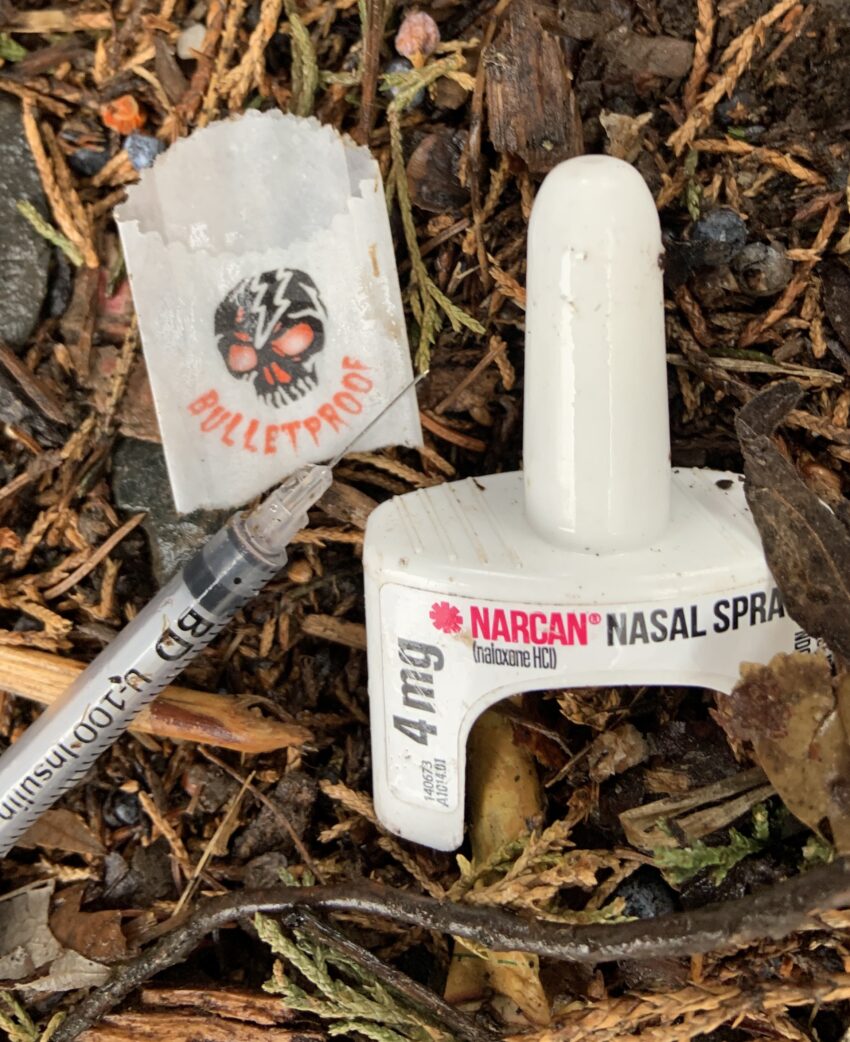“We need a lot more naloxone than ever before. The drugs are so powerful today some people need 20 milligrams”.
I hear this or versions of it in many of the opioid task force meetings I attend around the state.
No, I say. The research I have based on over 20,000 EMS run forms shows naloxone has remained effective over the years. Which is not to say some people aren’t getting 20 milligrams. The question is did they need 20 milligrams?. Naloxone works against opioids if it is given in time. It won’t wake up a drunk person or snap someone out of a xylazine trance, but if a person has taken opioids and the opioids have latched on to their brain receptors that control breathing and shut them down, naloxone will knock the opioids off those same receptors and restore breathing. You just have to be patient sometimes. It is easy for us in EMS to be patient because we have the equipment ==ambu-bags –to breathe for patients while the naloxone is getting to work. I’ve seen people respond almost immediately to naloxone (when given IV), but it takes longer when given intranasally. I have bagged a person for fifteen minutes until he finally began breathing well enough on his own for me to stop. When someone gets 20 milligrams, I ask what form was the naloxone in and how long was there in between doses? Did they get the 20 milligrams all within two minutes? I’ve seen bystanders unload all the naloxone they carried on their poor friend who was overdosed and shortly after on all fours puking in opioid withdrawal.
I just came across an interesting study in Prehospital Emergency Care from The Menegazzi Scientific Sessions: Research Abstracts for the 2025 National Association of EMS Physicians Annual Meeting.
The abstract, (136) Assessing Naloxone Administration for Best Practices from Police Bodycam Footage authored by staff of the University at Buffalo, University at Albany, the New York State Police, and the Albany Medical College, reviews body camera footage from 33 overdose scenes that the state police responded to, and looks at the timing of naloxone administrations and the dosage amounts.
Here’s what they found:
Total naloxone administration per patient ranged from 2 mg to 20 mg, Single doses ranged from 2 mg to 8 mg. 56% of the cases required more than one dose, intervals between doses ranged from multiple doses immediately to 18 minutes between doses. 16.7% of repeat naloxone doses were administered five minutes after the previous dose. 38.5% were administered in less than two minutes. All the doses were intranasal. Intranasal often does not work in two minutes. I’m assuming all the responders had ambu-bags and were ventilating the patients in between naloxone doses, but perhaps not as it is not mentioned in the methods in the abstract. Opioid withdrawal symptoms were the most common behavioral reactions following naloxone administration, although in the abstract they don’t say how many people suffered withdrawal or whether it was dose dependent as I suspect it was. They concluded “that there is considerable variability in the total dose and timing of naloxone administration.” True that. I look forward to reading the completed article should they decide to publish one.
What lessons would I take away from this interesting study? Just because someone got 20 milligrams doesn’t mean they needed it. Patients who get naloxone should also get supplemental oxygen including active ventilation. When they get naloxone it should be titrated to breathing not consciousness. The 8 milligram single dose device is overkill, and not allowed to be used by EMS in Connecticut.
In Connecticut, a review of EMS data over the years 2020-2023 showed there was no year-to-year increase in naloxone dosing. 84% of patients responded to one full dose or less of naloxone with the one full dose being either 2 milligrams or less by the IV or IM route or 4 milligrams or less by the intranasal route. EMS, unlike police who have less medical experience, often give small amounts of naloxone (less than a full dose) titrated to effect to help avoid precipitated withdrawal. National EMS data shows the average number of naloxone administrations per opioid overdose patient is 1. This number includes patients who did not require any doses to respond. Presumably, they responded to stimulation. Naloxone just needs to regain 50% of the receptors responsible for breathing to reverse an opioid overdose. To date no opioid has been found not to respond to naloxone.

